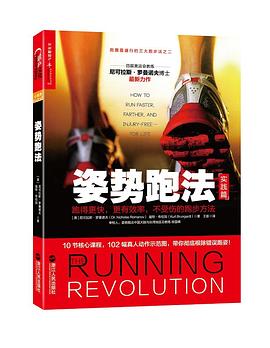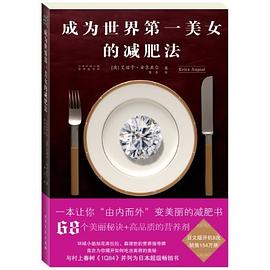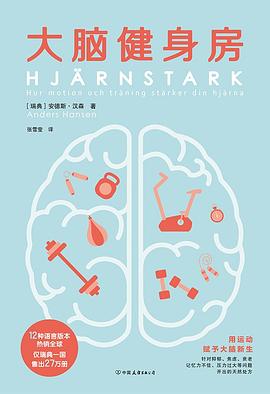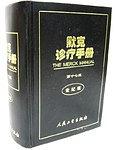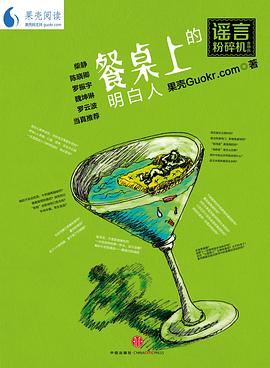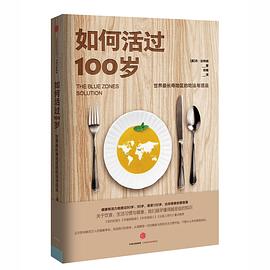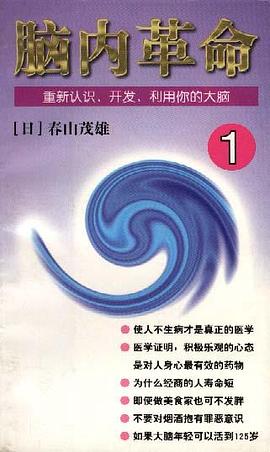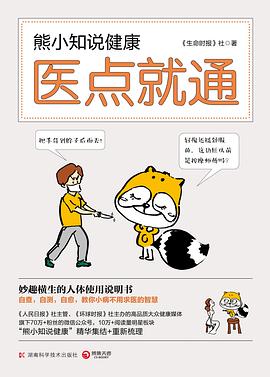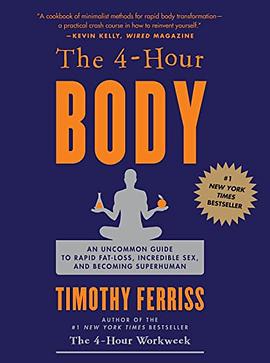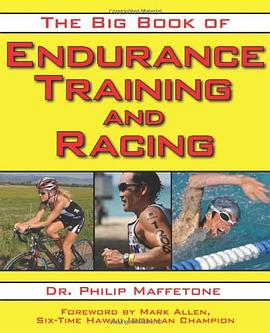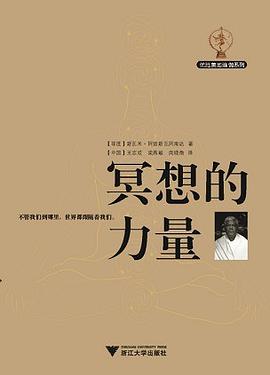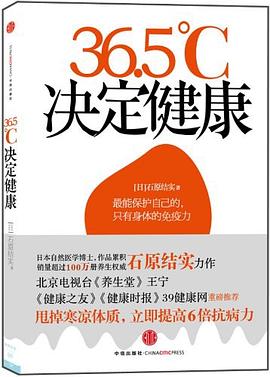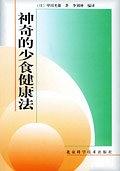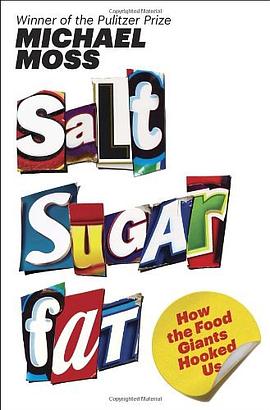

具体描述
#1 NEW YORK TIMES BESTSELLER
From a Pulitzer Prize–winning investigative reporter at The New York Times comes the explosive story of the rise of the processed food industry and its link to the emerging obesity epidemic. Michael Moss reveals how companies use salt, sugar, and fat to addict us and, more important, how we can fight back.
In the spring of 1999 the heads of the world’s largest processed food companies—from Coca-Cola to Nabisco—gathered at Pillsbury headquarters in Minneapolis for a secret meeting. On the agenda: the emerging epidemic of obesity, and what to do about it.
Increasingly, the salt-, sugar-, and fat-laden foods these companies produced were being linked to obesity, and a concerned Kraft executive took the stage to issue a warning: There would be a day of reckoning unless changes were made. This executive then launched into a damning PowerPoint presentation—114 slides in all—making the case that processed food companies could not afford to sit by, idle, as children grew sick and class-action lawyers lurked. To deny the problem, he said, is to court disaster.
When he was done, the most powerful person in the room—the CEO of General Mills—stood up to speak, clearly annoyed. And by the time he sat down, the meeting was over.
Since that day, with the industry in pursuit of its win-at-all-costs strategy, the situation has only grown more dire.Every year, the average American eats thirty-three pounds of cheese (triple what we ate in 1970) and seventy pounds of sugar (about twenty-two teaspoons a day). We ingest 8,500 milligrams of salt a day, double the recommended amount, and almost none of that comes from the shakers on our table. It comes from processed food. It’s no wonder, then, that one in three adults, and one in five kids, is clinically obese. It’s no wonder that twenty-six million Americans have diabetes, the processed food industry in the U.S. accounts for $1 trillion a year in sales, and the total economic cost of this health crisis is approaching $300 billion a year.
In Salt Sugar Fat, Pulitzer Prize–winning investigative reporter Michael Moss shows how we got here. Featuring examples from some of the most recognizable (and profitable) companies and brands of the last half century—including Kraft, Coca-Cola, Lunchables, Kellogg, Nestlé, Oreos, Cargill, Capri Sun, and many more—Moss’s explosive, empowering narrative is grounded in meticulous, often eye-opening research.
Moss takes us inside the labs where food scientists use cutting-edge technology to calculate the “bliss point” of sugary beverages or enhance the “mouthfeel” of fat by manipulating its chemical structure. He unearths marketing campaigns designed—in a technique adapted from tobacco companies—to redirect concerns about the health risks of their products: Dial back on one ingredient, pump up the other two, and tout the new line as “fat-free” or “low-salt.” He talks to concerned executives who confess that they could never produce truly healthy alternatives to their products even if serious regulation became a reality. Simply put: The industry itself would cease to exist without salt, sugar, and fat. Just as millions of “heavy users”—as the companies refer to their most ardent customers—are addicted to this seductive trio, so too are the companies that peddle them. You will never look at a nutrition label the same way again.
“As a feat of reporting and a public service, Salt Sugar Fat is a remarkable accomplishment.”— The New York Times Book Review
作者简介
[美] 迈克尔•莫斯, 2010年获普利策解释性报道奖,1999年和2006年分别入围普利策奖评选,曾获杰拉尔德罗卜新闻奖、美国海外记者俱乐部报道奖。在《纽约时报》之前,莫斯曾任《华尔街日报》《每日新闻》《亚特兰大宪法报》记者。
目录信息
读后感
这是一本大开火力、对食品工业和美国政府进行猛烈抨击的书,主要揭露美国各大食品巨头,在华尔街的鞭策驱使下,为谋利、销售增长而利用人类的喜欢吃糖、喜欢脂肪和盐的能掩盖其他味道的特性,不顾消费者肥胖、高血压、心脏病、癌症的各种直接风险,往各种加工食品、方便食品、...
评分汽水、果汁、蛋糕、巧克力、冰激凌、饼干、薯片,似乎大家都知道这些零食热量高,营养低,而往往又控制不住对食物的渴望。这种控制不住,真的完全是消费者缺少自制力吗? 如果你喜欢吃薯片,也知道薯片是公认的垃圾食品。但你了解这种欲罢不能,罪恶的愉悦感究...
评分一本很有意思的书,案例很多且对准的都是大公司,我们耳熟能详的产品。我所在的公司本身也是做食品加工的,但是远没有这么夸张的使用各种物理化学心理学手段去找人所谓的“极乐点”。 曾经以为食品加工行业所谓的配方只是多次配比出来的最能被人接受的组合,没有想的那么深远,...
用户评价
a must read for any health-conscious person.
评分弃
评分更坚定要学习food science 和nutrition的决心
评分看完去超市购买食品更仔细地看标签了,然后基本就不买加工食品了。
评分Err
相关图书
本站所有内容均为互联网搜索引擎提供的公开搜索信息,本站不存储任何数据与内容,任何内容与数据均与本站无关,如有需要请联系相关搜索引擎包括但不限于百度,google,bing,sogou 等
© 2025 book.wenda123.org All Rights Reserved. 图书目录大全 版权所有

